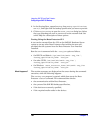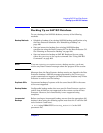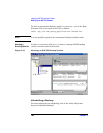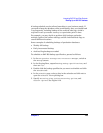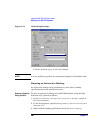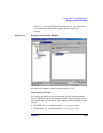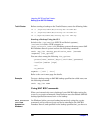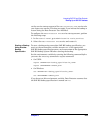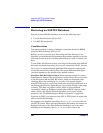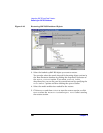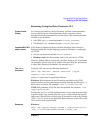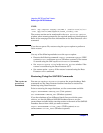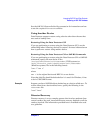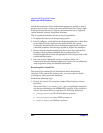
Integrating SAP R/3 and Data Protector
Restoring an SAP R/3 Database
Chapter 2204
Restoring an SAP R/3 Database
You can restore SAP R/3 databases in any of the following ways:
• Use the Data Protector GUI or CLI.
• Use SAP R/3 commands.
Considerations
You cannot perform a restore of backups created by the Oracle RMAN
using the Data Protector GUI or CLI.
Before you start to restore your data using the Data Protector User
Interface, you need detailed information about backed up objects. See the
following section on how to find the information you need to restore your
data.
If your disk is full before a restore, restoring of a filesystem with SAP R/3
data that was backed up using the brbackup command will fail, because
the brrestore command needs additional disk space for restoring the
control file and archive redo log files. How much additional disk space
you need depends on the amount of the backed up data.
Localized SAP R/3 Object Names When selecting objects for restore,
Data Protector displays the actual names of the files as they are written
to the filesystem and not SAP R/3 names, which are displayed when
selecting objects for backing up. As a result, if the names contain
non-ASCII characters, some of the characters may display different as in
the backup specification, depending on your system settings (code pages
or locale). This does not impact restore, which is still completed
successfully, except on Windows systems where DBCS is not set to the
same value as the default Windows character set for non-Unicode
programs. See “Troubleshooting on Windows Systems” on page 215..
Note that in UNIX, you must start the GUI in UTF-8 locale in order to be
able to switch the encodings.
For example, the database encoding is set to ja_JP.eucJP and runs on
an HP-UX system. When selecting the objects for backup, the names are
displayed correctly if the Data Protector encoding is set to the same
encoding as the database, that is ja_JP.eucJP. For restore, the



